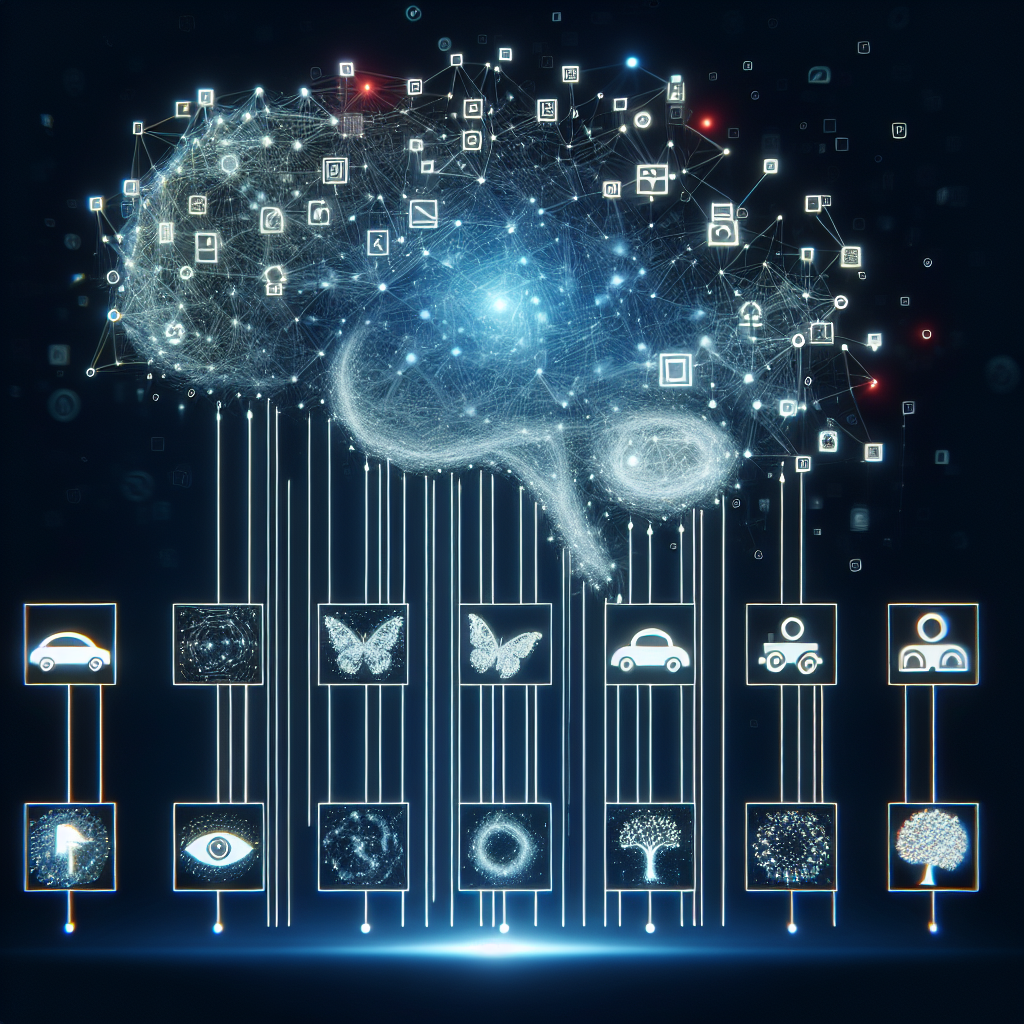The Relationship Between AI and Machine Learning in Image Recognition
Artificial Intelligence (AI) and Machine Learning (ML) have become integral components in the field of image recognition. Image recognition involves the identification and categorization of objects, people, and scenes within digital images. AI and ML algorithms have revolutionized this process, making it faster and more accurate than ever before.
AI is the overarching concept of creating machines that can simulate human intelligence, while ML is a subset of AI that focuses on giving machines the ability to learn and improve from data without being explicitly programmed. In the realm of image recognition, AI and ML work together to analyze large datasets of images and identify patterns and features that distinguish one object from another.
The relationship between AI and ML in image recognition can be best understood through the following processes:
1. Data Collection: The first step in image recognition is to collect a large dataset of images that will be used to train the AI and ML algorithms. This dataset should include a diverse range of images to ensure that the algorithms are able to recognize objects in various contexts.
2. Preprocessing: Before the images can be fed into the AI and ML algorithms, they need to be preprocessed to enhance the quality and remove any noise or irrelevant information. This may involve resizing, cropping, or adjusting the color and contrast of the images.
3. Feature Extraction: AI and ML algorithms use a technique known as feature extraction to identify key characteristics in the images that distinguish one object from another. This involves analyzing the pixels in the image and identifying patterns, shapes, and textures that are unique to each object.
4. Training: The AI and ML algorithms are trained using the preprocessed images and the extracted features. During this training process, the algorithms learn to recognize patterns and make predictions based on the input data.
5. Testing: Once the algorithms have been trained, they are tested on a separate dataset of images to evaluate their accuracy and performance. This testing phase helps to identify any errors or areas where the algorithms may need further refinement.
6. Deployment: After the algorithms have been trained and tested, they can be deployed to analyze new images and make predictions in real-time. This deployment phase is where the AI and ML algorithms are put into action, recognizing objects and scenes within digital images.
The relationship between AI and ML in image recognition is a symbiotic one, with AI providing the overarching framework for creating intelligent machines and ML providing the tools and techniques for learning and improving from data. Together, these technologies have revolutionized the field of image recognition, making it faster, more accurate, and more efficient than ever before.
FAQs
Q: How accurate are AI and ML algorithms in image recognition?
A: The accuracy of AI and ML algorithms in image recognition can vary depending on the size and quality of the dataset, the complexity of the images, and the specific algorithms being used. In general, modern AI and ML algorithms can achieve high levels of accuracy in image recognition, often surpassing human performance in certain tasks.
Q: What are some applications of AI and ML in image recognition?
A: AI and ML algorithms are used in a wide range of applications, including facial recognition, object detection, image classification, and scene understanding. These technologies are used in security systems, autonomous vehicles, medical imaging, and social media platforms, among others.
Q: How can AI and ML algorithms be trained to recognize new objects?
A: AI and ML algorithms can be trained to recognize new objects by providing them with a large dataset of labeled images that include the new objects. The algorithms will then learn to identify the features and patterns that distinguish the new objects from others in the dataset.
Q: What are some challenges in AI and ML image recognition?
A: Some challenges in AI and ML image recognition include dealing with large datasets, handling noisy or low-quality images, and ensuring the algorithms are robust and reliable in real-world scenarios. Additionally, biases in the data or algorithms themselves can lead to inaccuracies in image recognition.
In conclusion, the relationship between AI and ML in image recognition is a powerful one that has transformed the way we analyze and interpret digital images. By harnessing the capabilities of AI and ML algorithms, we are able to recognize objects, people, and scenes with unprecedented accuracy and efficiency. As these technologies continue to evolve, we can expect even greater advancements in the field of image recognition.

